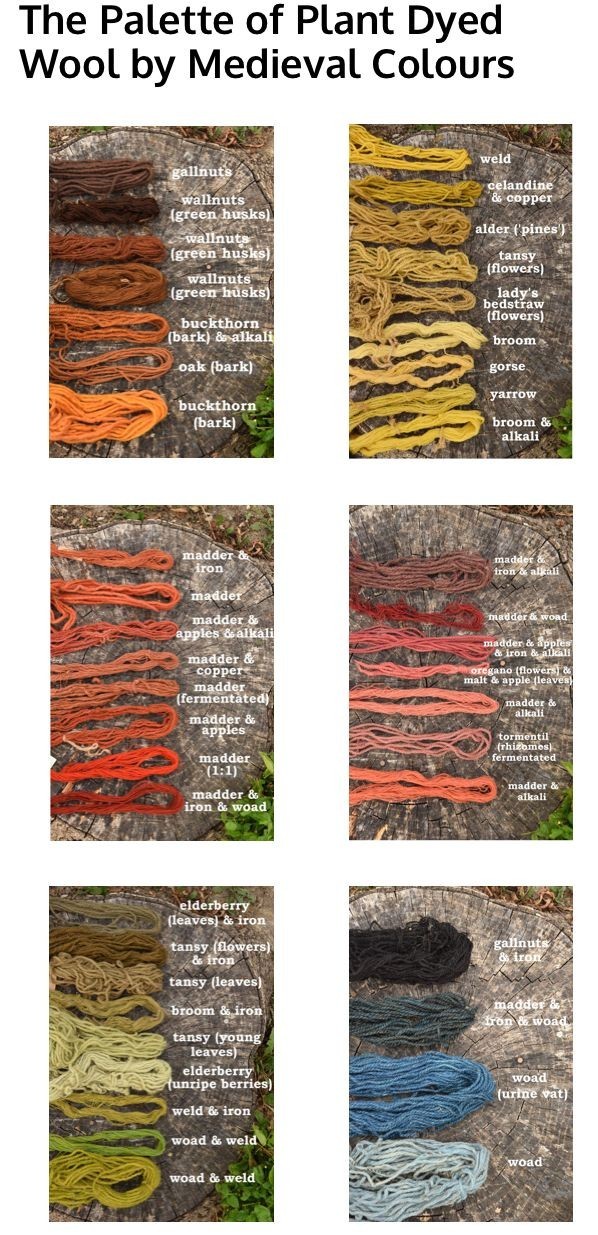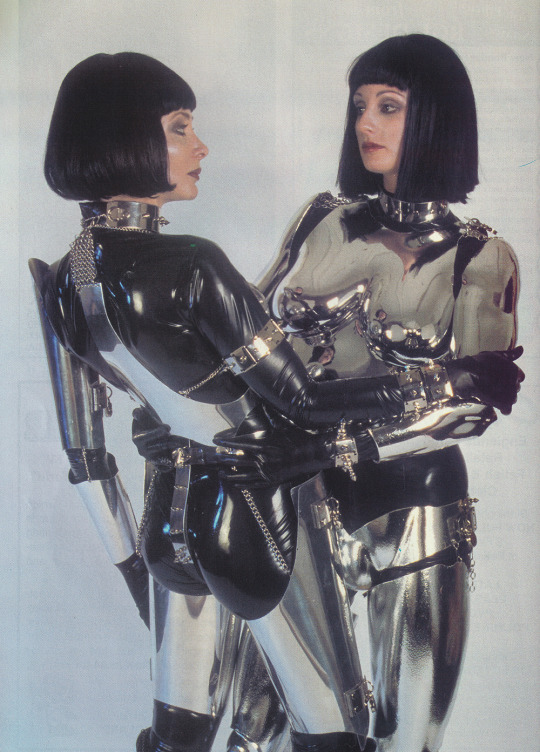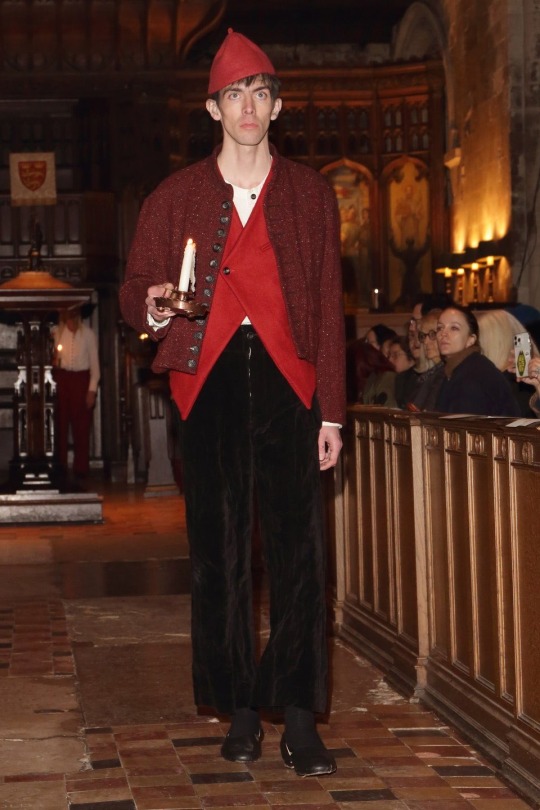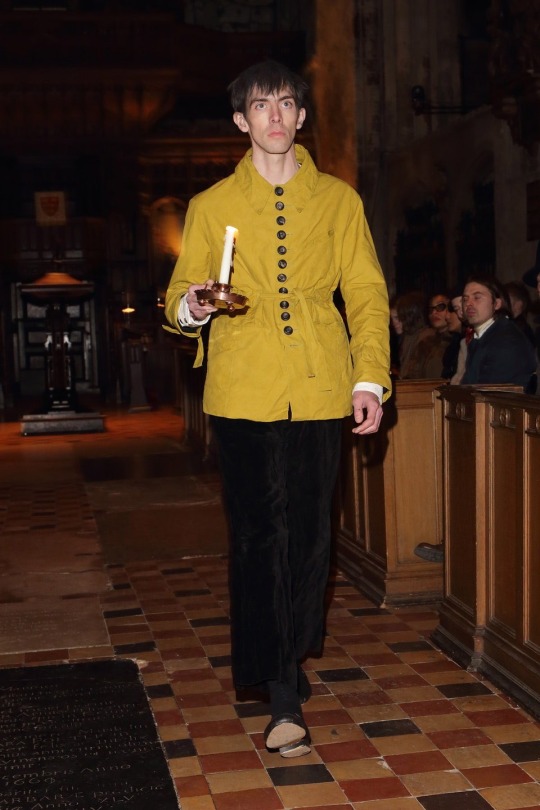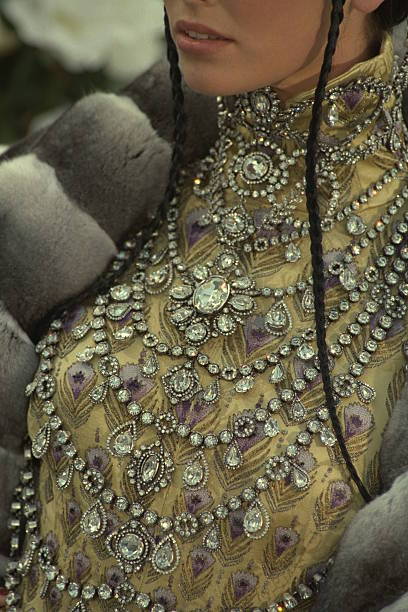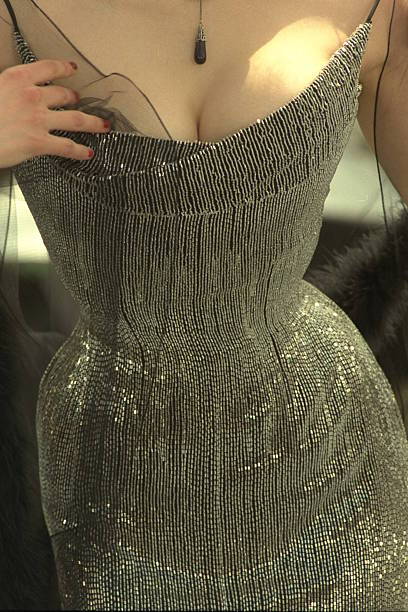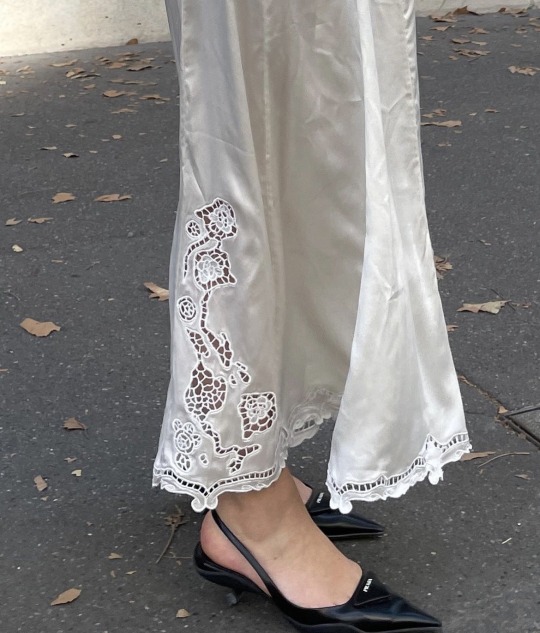Text


‘Ghormeh Sabzi, egg yolk, bloody nose’
Another little cross stitch
9 notes
·
View notes
Text
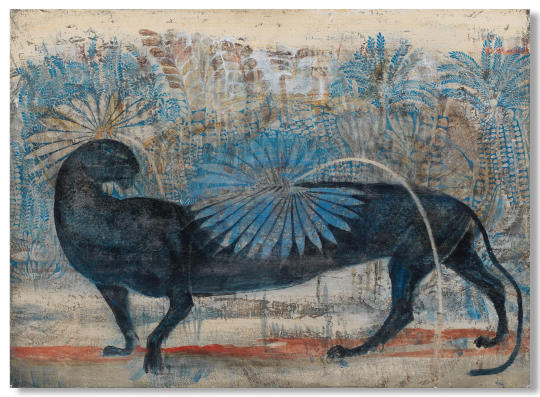
Merab Abramishvili (Georgian, 1957-2006), Black Panther, 1995. Tempera, gesso and linen on plywood, 55 x 75 cm.
333 notes
·
View notes
Text
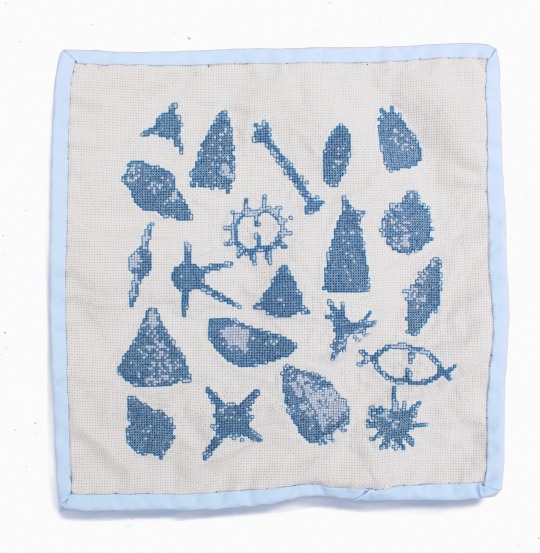
Radiolaria Sampler
2023,perle cotton thread on 14ct cotton aida, muslin, cotton batting
3K notes
·
View notes
Text
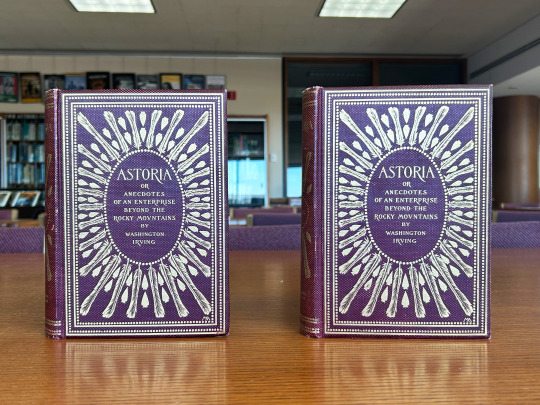
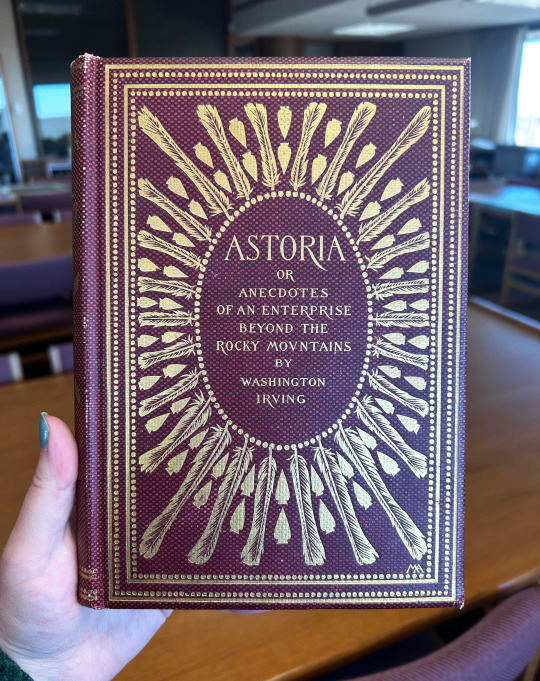
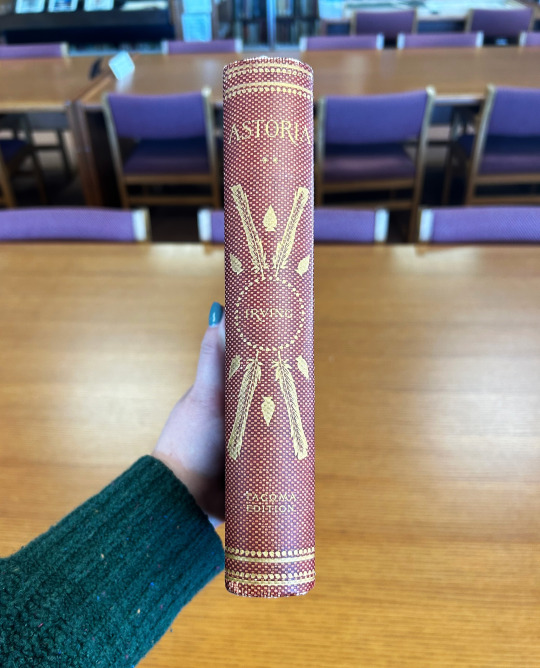






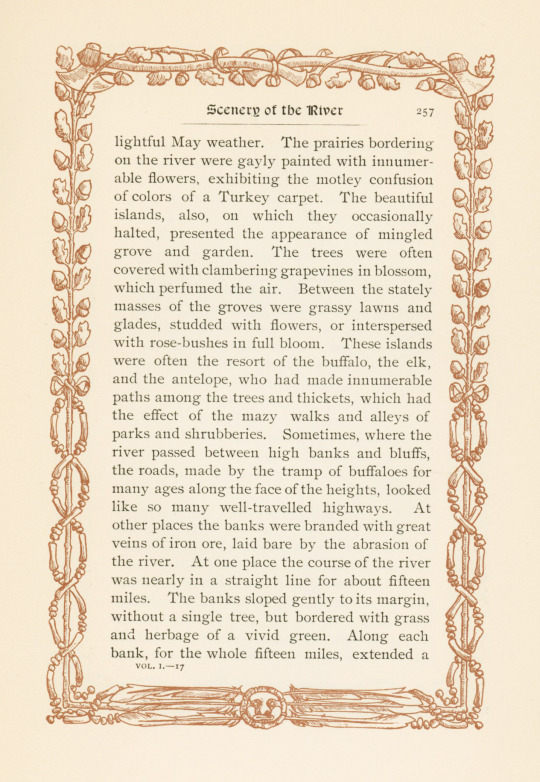

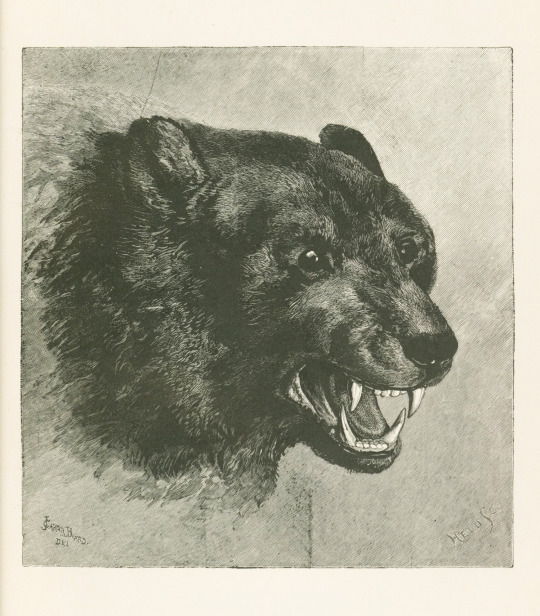
Publishers' Binding Thursday
This week's Publishers' Binding Thursday books are the two-volume set Astoria, or, Anecdotes of an Enterprise Beyond the Rocky Mountains by Washington Irving (1783-1859). Irving was an American short-story writer, essayist, biographer, and historian, best known for his short stories "The Legend of Sleepy Hollow" and "Rip Van Winkle." Astoria was commissioned by fur magnate John Jacob Astor as a history of his company's exhibition to Oregon. Irving's vision was to have it be a story not just of Astor's company and its history and adventures, but a sketch of the country beyond the Rocky Mountains, with tales and descriptions of the people and places therein.
This edition was published in New York by G.P. Putnam's Sons in 1897. The cover design is by renowned publishers' binding designer Margaret Armstrong and is signed with her overlapping M.A. stamp. The title page decoration and the decorations on each page surrounding the text were also designed by Armstrong. They include design elements like fish, arrows, guns, acorns, beaver pelts, and more. Two of the four designs are featured in this post. The book features engravings by various artists and images based on photographs of the Columbia River and its environs.
There is also the bookplate of Arthur H. Anger (1871-1948), who was treasurer of Milwaukee's William Steinmeyer Company, which was a large retail grocery store. The Steinmeyer Building still stands on Old World Third Street/Dr. Martin Luther King Drive in downtown Milwaukee and currently houses the Wisconsin Cheese Mart.
View more Publishers' Binding Thursday posts.
-- Alice, Special Collections Department Manager
47 notes
·
View notes
Text

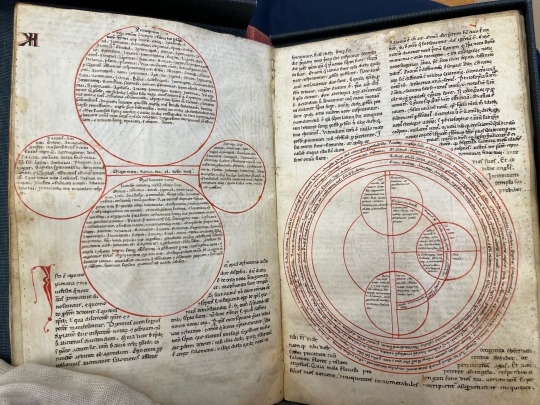
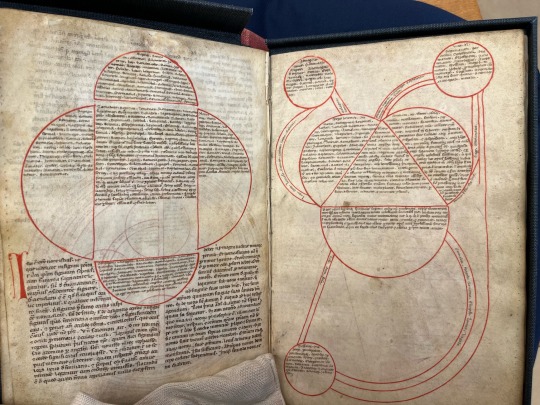
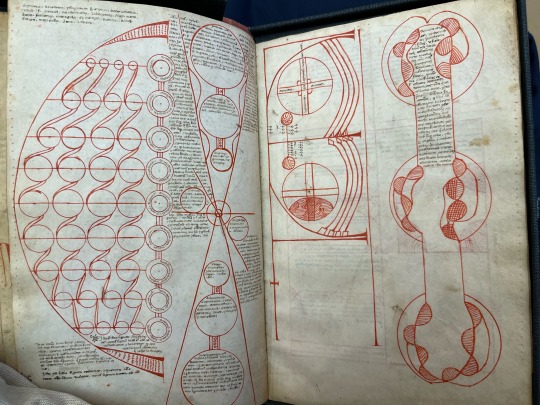
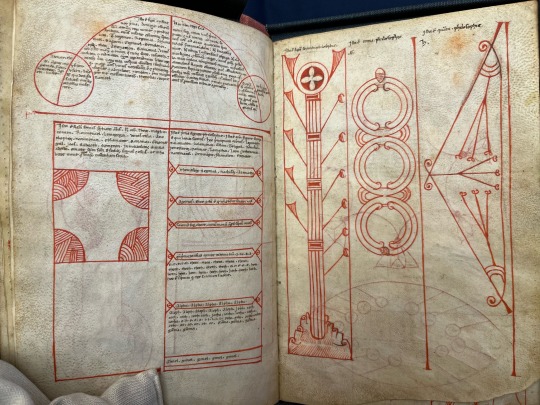

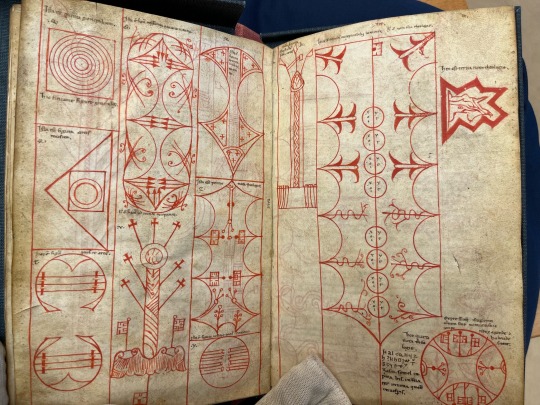
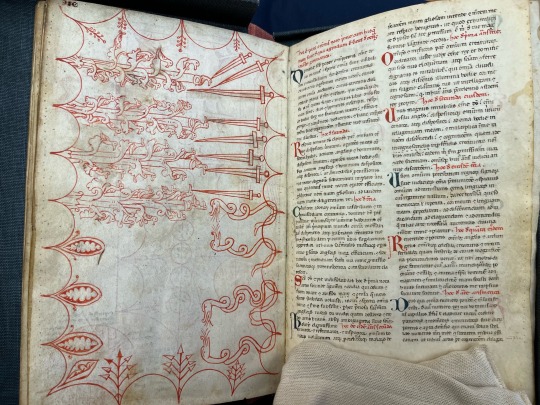
Diagrams from a thirteenth-century version of the Ars Notoria.
21K notes
·
View notes
Text

Hologram Carvilio's ring. found in Grottaferrata, southeast of Rome. Date: c. 1st century AD. The man died at the age of 18, and the ring with his image was worn by his mother on a daily basis. The object is made of gold and quartz.
Click for more
5K notes
·
View notes
Text

MASTER APRON
An extraordinary example of a Master Mason's apron dating between 1760 and 1780, perhaps from Massachusetts, probably still a colony of England, since it was only in 1775 that it rebelled against the English empire.
What immediately draws attention is the engraving technique applied to the skin, something rare for the time, when embroidery was normally used to represent images.
The apron's birch, facing downwards, contains a poorly sketched inverted pentagram on a red background, which contrasts with the perfection of the engraving. This one indeed contains an enormous Masonic symbolic load, which will delight connoisseurs. I draw attention to the heart, a symbol little used in Freemasonry in symbolic degrees, but which is very figurative of fraternity.
48 notes
·
View notes
